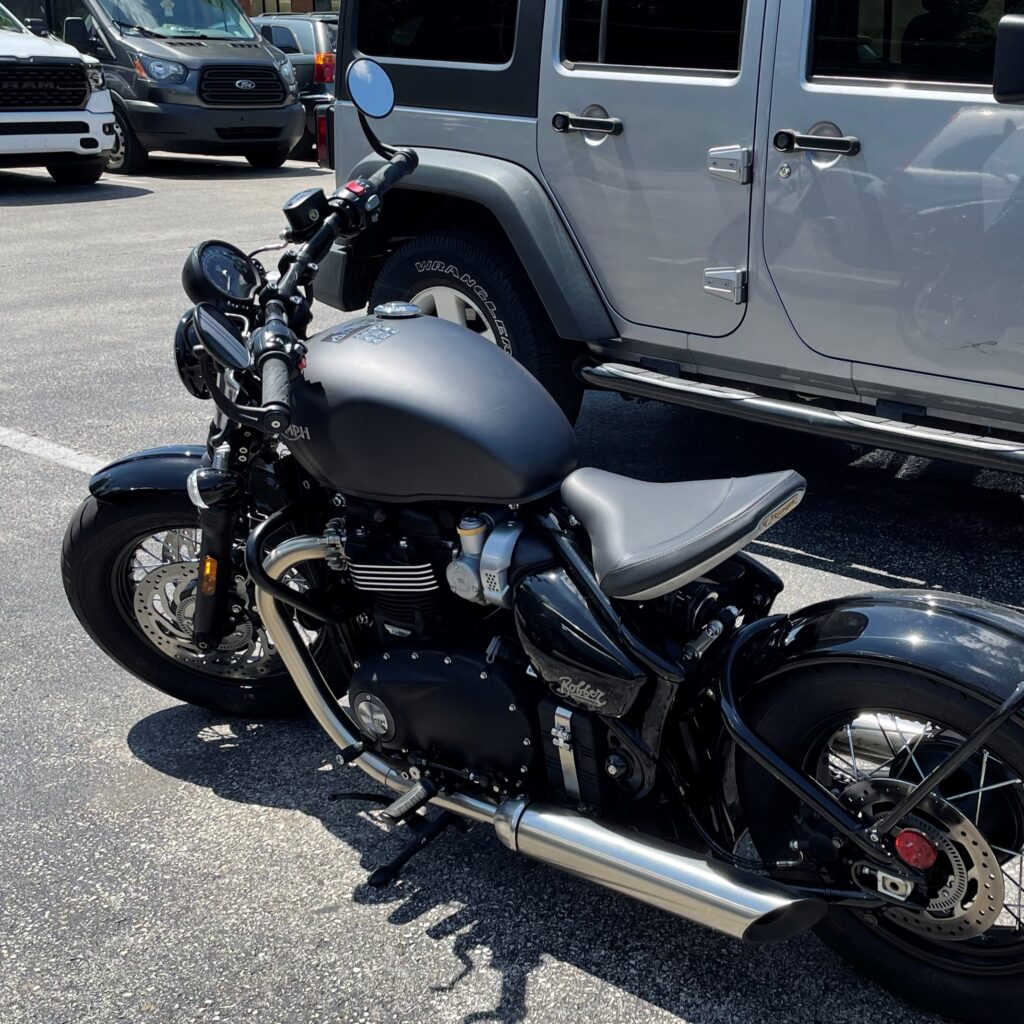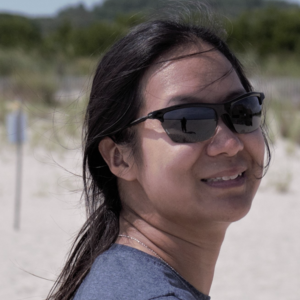
One of the reasons I got my Honda Grom was to have a motorcycle that was easier to handle, so that I could become more proficient with all of the skills that go into riding while using a lighter, less powerful bike. Learning doesn’t have to be on hard mode, after all. Fighting equipment can make the entire process of becoming skilled much more discouraging. Even if you can start from scratch and become skilled with something more difficult, you might be making the process less enjoyable than it might be. That was the case for me when learning how to shoot guns and figuring out that it was more fun and that I got better, faster with a firearm that had less recoil and fewer quirks. It was also the case for me when learning how to cook and figuring out that it was easier with high quality pots and pans and a functional kitchen. It’s why beginner classes and starter kits exist, so that you can hit the ground running with fewer obstacles to early success and find confidence to push yourself further.
Doing the easy things can help us learn how to do the hard things better. When you strip away the baggage that makes hard things hard, and are able to work on what’s underneath, that will make the hard things easier. In almost any movement-based pursuit, this is often accomplished by learning the fundamentals in isolation and under ideal conditions. When you learn how to swim, for instance, you start with getting wet, then with putting your face in the water, then floating, then moving with a kickboard, then relying less on a kickboard, then swimming by yourself, then learning different strokes – all preferably in calm water and without competition. You aren’t – hopefully – just dropped into the deep end to flail, with the hope that you’ll know how to swim by the time you get out of the pool. The process of becoming familiar with each basic step means one less thing to eat up your brain cycles as you try to put them together in a more challenging environment.
However, and you knew a “however” was coming, we shouldn’t forget that there is also a benefit to doing the hard things so that we can learn how to do the easy things better, with less effort and more mastery. You might not be able to accomplish the hard things perfectly and you might even fail at them, but there will still be a benefit. Some of it will be finding your limits, perhaps beyond what you expected or imagined. If you stay within your comfort zone, you will never know if you can do something faster, harder, with more skill. You will never know if you can lift more weight, run a further distance, or read an entire book in a language unfamiliar to you. As long as you can try it without unreasonable risk, go for it and see. Your ego might get a little damaged, but it might also be boosted. You might also discover that the taste or view of mastery you manage with your attempt is enough to motivate you to work harder so that you can get there in time.
The very process of trying also helps you learn, because your brain will be engaged will have to work for the knowledge. When an action is difficult, you become fully immersed in trying to make it happen, and have the ability to focus solely on trying to get it done. You will also see what you’re trying in its full context, with all of the moving parts that it can sit within. While removing a skill from all of its potential surroundings can help you learn it, placing it back in can help you see how it fits in and interacts with what’s around it, and what you need to do to make it more effectively and reliably work. There are fewer better examples than learning Brazilian jiu-jitsu, BJJ, and the crawl/walk/run of learning a body movement, drilling a particular technique, then sparring against a resisting opponent who will show you every mistake you’re making and give you the opportunity to figure out how to fix them.
And if you get comfortable with the hard things, suddenly the easy things can seem even easier. As a shooter, being able to draw extremely quickly out of a holster and make hits on very small, very far away targets means that having more time, on larger and closer targets, is no longer at my ragged top end of performance. It means that I can be more relaxed and more successful on the easy things when they matter, even if I never have to do the hard things when they matter and may only rarely or barely succeed at them when they don’t. And after having made cream puffs from scratch, from pastry to pastry cream, few everyday recipes scare me anymore and the complicated ones now seem within reach so that I can decide I’m too lazy for them, not that they’re too hard for me to accomplish.
When I took out my Triumph Bonneville Bobber this past weekend, I could immediately tell that my work with the Grom has paid off. The both-hands-and-both-feet dance of taking a motorcycle from a stop up to speed is much less stressful after having done it a whole bunch on the less powerful, more forgiving Grom. Bad habits I had picked up from my summer of Bobber were smoothed out by my winter of Grom. At the same time, though, I realized that some of what I have to do to maneuver the Bobber is going to carry back to the Grom. Because I have to use more effort to turn and stop it, getting good at them on the Bobber will make them seem downright simple on the Grom. Going back and forth will create a learning cycle as my experience on each motorcycle will improve how I ride the other.
So I’ll suggest that you try the same with some area you’re working on: spend time in both easy mode and hard mode, and see how it changes your perception of what’s easy and what’s hard. I think you’ll be pleased with how the process will lead to the improvements you’re looking for.




